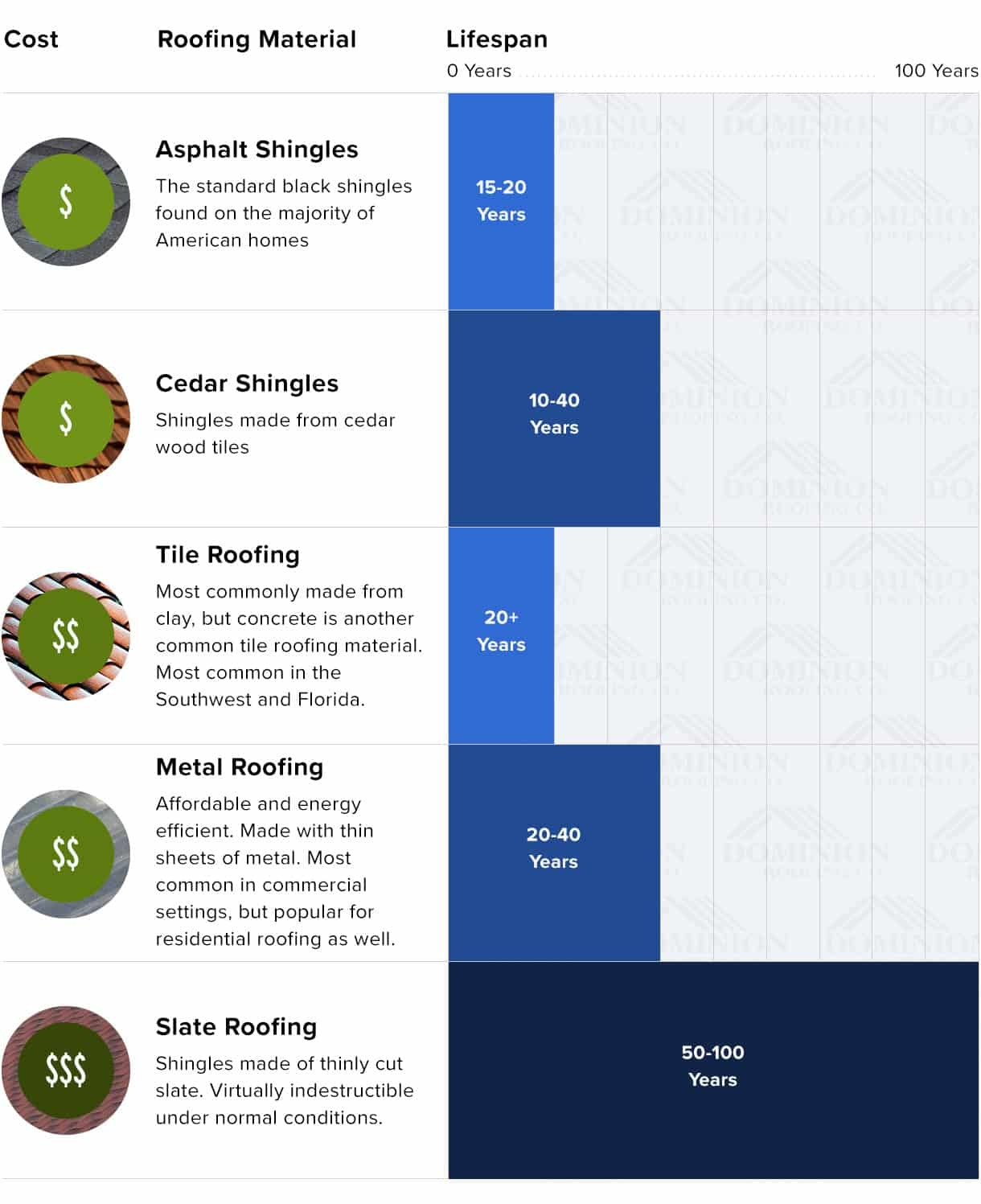Overlooking Roof Covering Ventilation Can Result In Pricey Damages; Learn The Key Elements That Ensure An Effective Installation And Guard Your Investment
Overlooking Roof Covering Ventilation Can Result In Pricey Damages; Learn The Key Elements That Ensure An Effective Installation And Guard Your Investment
Blog Article
Write-Up Developed By-Conway Walls
When you're tackling a roofing job, you might not assume much about roofing system ventilation, yet it's even more critical than you understand. Effective ventilation helps regulate temperature and moisture in your attic, preventing problems like mold and mildew and architectural damage. By understanding how to design and set up a well balanced air flow system, you can improve power efficiency and prolong the life-span of your roof covering products. So, what are the essential factors to think about throughout installation that can make all the distinction?
Significance of Roofing Air Flow
Roofing system ventilation plays a vital function in keeping the overall wellness of your home. By enabling fresh air to flow via your attic room, it aids regulate temperature level and dampness degrees. https://jaidenhcxrm.tokka-blog.com/33485070/what-is-the-excellent-period-for-conducting-roofing-inspections is essential to protect against warmth buildup throughout warm months, which can lead to increased energy expenses as your air conditioning works overtime.
Furthermore, proper ventilation considerably reduces the danger of moisture-related concerns like mold and mildew and mildew. If view site… rise, your home's architectural stability can be jeopardized, resulting in costly repairs. You would not intend to manage deteriorating timber or warped roof materials, right?
Additionally, ample air flow prolongs the life-span of your roofing system. When heat and dampness are kept in check, your roofing system can perform ideally, preventing early deterioration. This indicates fewer frustrations and costs down the line.
Exactly How Roofing Ventilation Functions
Reliable roofing ventilation counts on the all-natural movement of air to create an equilibrium in between intake and exhaust. When you install vents, you're essentially permitting fresh air to enter your attic while making it possible for hot, stale air to leave. This procedure assists regulate temperature and moisture levels, avoiding issues like mold development and roofing system damage.
Intake vents, typically discovered at the eaves, pull in cool air from outside. Meanwhile, exhaust vents, situated near the ridge of the roof covering, let hot air rise and departure. The difference in temperature level produces a natural airflow, called the stack result. As warm air rises, it creates a vacuum that draws in cooler air from the lower vents.
To optimize this system, you need to ensure that the consumption and exhaust vents are properly sized and placed. If the intake is restricted, you will not achieve the wanted ventilation.
Furthermore, insufficient exhaust can trap heat and moisture, resulting in potential damage.
Key Setup Considerations
When mounting roofing ventilation, several vital factors to consider can make or break your system's efficiency. Initially, you need to assess your roof covering's style. The pitch, shape, and products all influence air movement and ventilation choice. Ensure to pick vents that fit your roof type and local climate problems.
Next off, consider the placement of your vents. Preferably, you'll desire a balanced system with intake and exhaust vents positioned for optimal airflow. Area intake vents low on the roofing system and exhaust vents near the height to motivate an all-natural circulation of air. This configuration assists avoid dampness build-up and promotes power efficiency.
Don't forget about insulation. Correct insulation in your attic room stops heat from escaping and keeps your home comfortable. Guarantee that insulation does not block your vents, as this can impede air flow.
Lastly, think about upkeep. Pick air flow systems that are easy to accessibility for cleaning and evaluation. Normal maintenance ensures your system continues to work properly with time.
Final thought
To conclude, roofing ventilation is important for a successful installation. By making certain proper air movement, you can prevent warmth build-up and wetness problems that bring about costly damage. When you strategically placement intake and exhaust vents, you boost energy effectiveness and extend the life-span of your roof covering. Bear in mind, a well-ventilated roof not just safeguards your investment but also boosts your indoor air high quality. So, focus on ventilation to make certain a resistant and cost-effective roofing system for your home.
